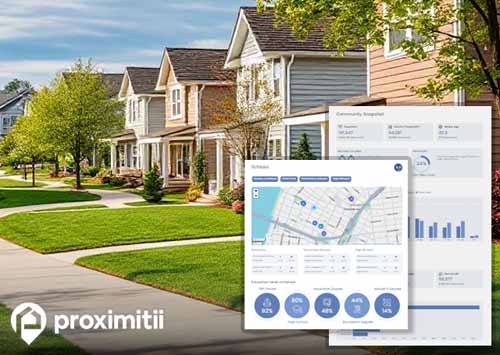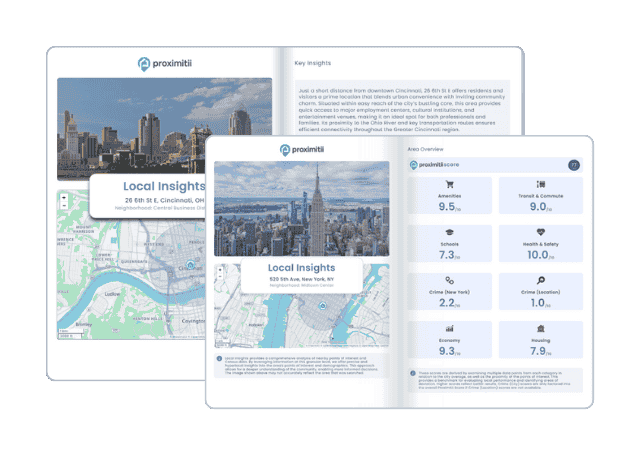| Statistic | Reportedincidents | /100k people | Hawley/100k people | Minnesota/100k people | National/100k people |
| Total crime | 13 | n/a (estimate) | 565 | 1,863 | 2,119 |
| Murder | 0 | n/a | 0.0 | 2.9 | 5.0 |
| Rape | 0 | n/a | 0.0 | 36.8 | 37.5 |
| Robbery | 0 | n/a | 0.0 | 48.9 | 60.6 |
| Assault | 2 | n/a | 87.0 | 168.0 | 256.1 |
| Violent crime | 2 | n/a (estimate) | 87 | 257 | 359 |
| Burglary | 2 | n/a | 87.0 | 184.7 | 229.2 |
| Theft | 7 | n/a | 304.5 | 1,208.5 | 1,272.1 |
| Vehicle theft | 2 | n/a | 87.0 | 213.1 | 258.8 |
| Property crime | 11 | n/a (estimate) | 478 | 1,606 | 1,760 |


Crime is typically categorized into two main types: violent and property crimes. Violent crimes encompass offenses such as murder, rape, robbery, and assault, while property crimes include burglary, theft, and vehicle theft. Based on the most recent report, the Hawley crime rate is lower than the national average by 49.8%. Specifically, there were 3 violent crimes in Hawley, equivalent to 135 per 100,000 individuals, lower than the national average by 63.6%. Furthermore, Hawley recorded 23 property crimes, amounting to 1033 per 100,000 residents, which was lower than the average by 47.2%.
During the most recently reported crime year, Hawley experienced a total of 0 reported murders. This statistic paints it as a beacon of security when it comes to severe violent crimes. Such an achievement not only instills a profound sense of security for its residents but also sets a high standard for other communities striving to create similarly secure environments. It underscores the area as a place where safety is a top priority, enhancing its appeal as a desirable location to live and thrive.
The United States contends with some of the world's highest vehicle theft rates, with approximately 300 vehicle thefts per 100,000 individuals. Remarkably, only a modest fraction, approximately 10%, of cities have been fortunate enough to have zero reported instances of stolen vehicles. Hawley stands out as one of these cities, as it reported no vehicle thefts in the most recent crime report, underscoring its commitment to a secure environment.
Before you decide to relocate, it’s always good to ask yourself “Is Hawley a safe place to live?” Although the answer might not be that simple, as some areas are safer than others, getting a good feel for the overall rate of crime can definitely be helpful. Overall, the Hawley crime rate is 50% lower than the national average. If we break that down daily, that translates into 0.07 crimes per day - 0.01 violent crimes and 0.06 property crimes.
In Hawley, the poverty rate currently stands at 3.7%, which contrasts with the national average of 15.1%. It's essential to recognize that the economic status of a city's inhabitants could be a pivotal factor influencing crime stats. Communities grappling with high poverty rates and income inequality are often susceptible to elevated crime levels, as some individuals may turn to unlawful activities to fulfill their essential needs. While lower poverty rates could lead to a reduction in Hawley crime rates.
Hawley has a population density of 843.1 people per square mile, while with the national average is 90.6 people per square mile. Cities characterized by high population density are frequently larger urban centers offering diverse economic prospects. Within these areas, income inequality may be accentuated, resulting in the coexistence of poverty and affluence. Such economic disparities can contribute to elevated property crimes and on occasion, violent crimes. Conversely, areas with low population density generally record lower Hawley crime rates.
Escalating cost of living expenses, encompassing exorbitant housing costs, grocery and healthcare expenditures, can induce financial strain on individuals and families, particularly those with limited financial resources. Such economic stress may propel individuals towards criminal activities, including theft or burglary, as a means of addressing their financial hardships. Conversely, cities characterized by a lower cost of living may alleviate economic pressures, potentially resulting in a reduced crime rate. In Hawley, the cost of living is 9.15% lower than the national average, reflecting a more affordable economic environment that could contribute to a decrease in crime levels.

Why stop at city-to-city? With Local Insights, you can compare neighborhoods, zip codes, or even exact addresses. Access 300+ hyperlocal data points—from schools and crime to housing and amenities—to see which area is the better fit.

| Item | Hawley | Minnesota | National |
| Law enforcement employees (officers & civilians) | n/a | 7,759 | 558,732 |
| Police officers & civilians /1000 residents | n/a | 1.8 | 3.3 |
| State | Total offenders | Minnesota /100K | National /100K |
| Minnesota | 1,283 | 26 | 266 |
| City | Population | Violent crime/100k people | Property crime/100k people | Total crime/100k people |
| Glyndon, MN | 1,362 | 0 | 291 | 291 |
| Lake Park, MN | 631 | 140 | 559 | 698 |
| Felton, MN | 123 | 292 | 1,827 | 2,120 |
| Baker, MN | 41 | 294 | 1,838 | 2,132 |
| Ulen, MN | 417 | 366 | 2,285 | 2,651 |
| Hitterdal, MN | 317 | 372 | 2,322 | 2,694 |
| Hawley, MN | 2,075 | 87 | 478 | 565 |
| City | Population | Violent crime/100k people | Property crime/100k people | Total crime/100k people |
| Bennington, NE | 2,075 | 42 | 314 | 356 |
| Valley View, OH | 2,075 | 46 | 243 | 289 |
| Hunter, TN | 2,075 | 248 | 851 | 1,099 |
| Midway, GA | 2,075 | 126 | 645 | 770 |
| Wakarusa, IN | 2,074 | 102 | 448 | 549 |
| Hawley, MN | 2,075 | 87 | 478 | 565 |